TP - Underwater archaeologist Mensun Bound recounts some of the extraordinary sites he has witnessed, which are detailed in a new book he co-wrote, “Wonders of the Deep.”
 |
| Mr. Mensun Bound, co-author of the ocean archaeology book “Wonders of the Deep” |
Mensun Bound, who led the team that discovered explorer Ernest Shackleton's ship Endurance, has rewritten world maritime history through the shipwrecks he has found throughout his career.
Mr Bound reveals some of the most important and extraordinary items ever recovered from the seabed.
Cannons at the Battle of Trafalgar
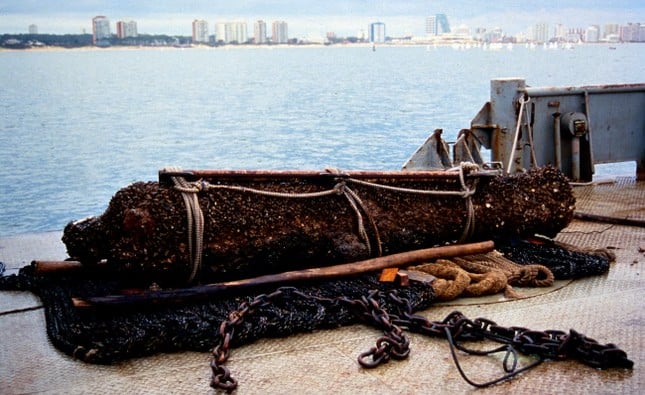 |
| The cannon of the HMS Agamemnon |
HMS Agamemnon was the first and favourite ship of Admiral Horatio Nelson, the commander who helped the British Empire defeat Napoleon's army at the Battle of Trafalgar in 1805. “It was the ship on which Nelson first fought the French and where he met the love of his life, Lady Hamilton,” said Mr Bound.
In addition to the Battle of Trafalgar, the ship was also used in the American and French Revolutionary Wars. It later ran aground off the coast of Uruguay while pursuing a French fleet and eventually became stuck in a mudbank. “They saved all the guns except one—there’s a very clear description in the records of how they accidentally dropped one into the water.”
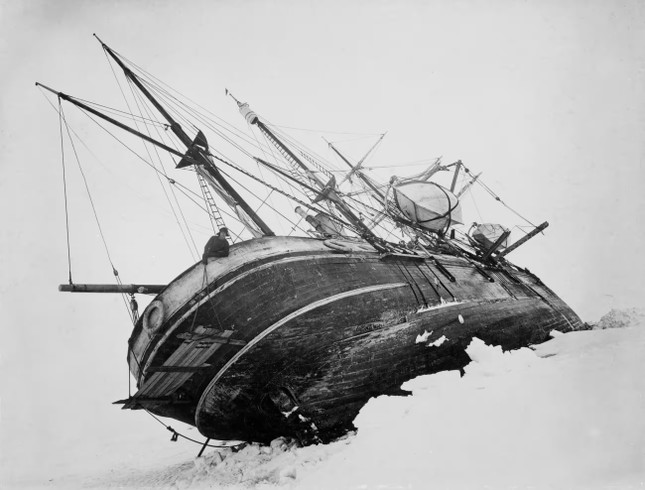 |
| The Endurance sank in October 1915. The ship was found at a depth of 3,008 meters in the Weddell Sea in March 2022. |
In 1997, he found the missing gun using sonar equipment. “We really didn’t expect it. But it was huge.” After peeling back the cannon’s corroded shell, he made a rare discovery: the number engraved on the gun matched an archive record of a gun fired at the Battle of Trafalgar. It was thus the only surviving cannon proven to have participated in the most famous naval battle ever. “That battle changed history and ended Napoleon’s dream of conquering Britain.”
The Bible from Endurance
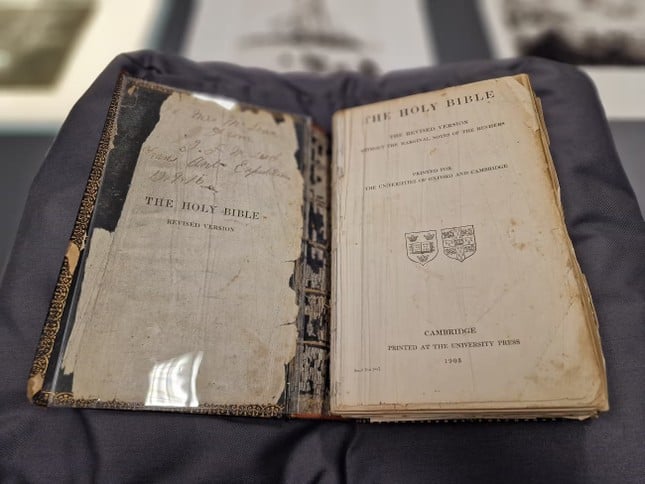 |
| Explorer Ernest Shackleton's Bible |
In 1914, Shackleton and his 27 crew members set sail on the ship Endurance to Antarctica, aiming to become the first men to cross the continent. This was the final voyage of the “golden age” of Antarctic exploration.
After sailing through the icebergs and encountering strong winds, the ship became icebound and the crew were forced to abandon the Endurance and most of their belongings. “They could only take a handful of personal belongings, which weighed about 1kg, to shore,” said Mr Bound.
Shackleton tore out a few important pages from the Bible to take with him, then left the heavy book in the snow. “But there was a fisherman in the crew called Thomas McLeod, from Scotland – a very religious man. We don’t think he could read, but he thought it was tempting fate to leave the Bible behind,” said Bound.
When no one was looking, Mr. McLeod took the Bible and hid it among his belongings. Mr. McLeod was eventually rescued, and the Bible was donated to the Royal Geographical Society in London.
Mr Bound still finds it “amazing” that all 28 crew members survived the shipwreck, as did the Bible. “It was almost impossible,” he said.
Ancient bronze helmet
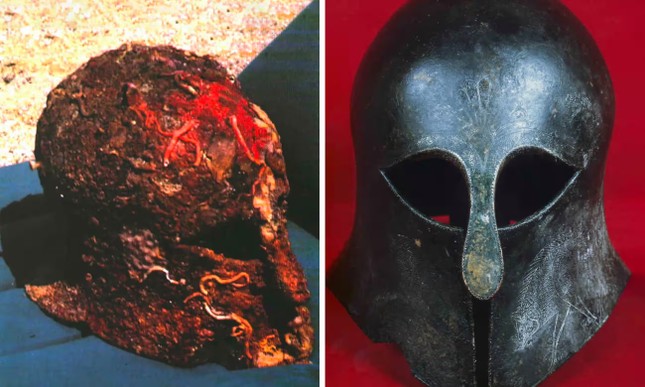 |
| Giglio helmet, before and after restoration |
In 1961, a German diver discovered a shipwreck off the Italian island of Giglio. One of the artifacts recovered was a Greek bronze helmet from around 600 BC, when the Etruscan Empire was at its height. “It was made with exceptional workmanship that we cannot replicate today,” said Bound.
The helmet features images of wild boars and fanged vipers, “in incredibly fine detail. This bronze helmet is one of the finest examples of its period,” he said. Bound sees it as a testament to ancient technology. “It was a true war object—whoever owned it was sending a signal that they were important, wealthy, and powerful,” he said.
Mr Bound is one of the few experts to have seen the helmet in person. It was shown to him by German divers in the 1980s, a few years before his death. Since then, no one knows what happened to the helmet, although the Italian government is still searching for information about it.
Gold from a Portuguese merchant ship
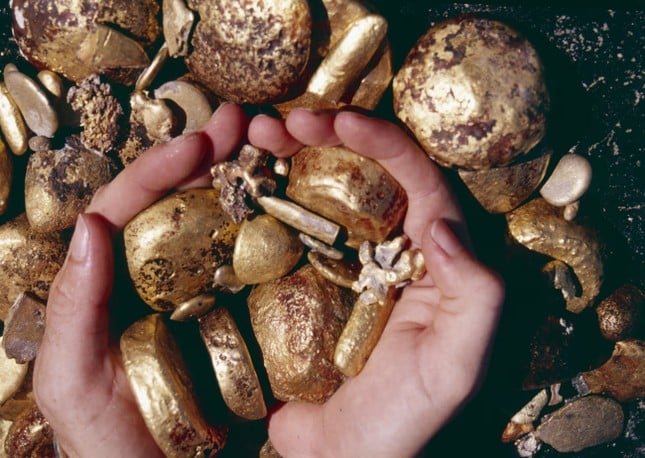 |
| Gold discovered in the wreck of the Espaarte |
In 1554, the Espaarte, a Portuguese galleon, was returning from a voyage to India when its mast broke and it sank near Fort Saint Sebastian on the island of Mozambique. “Portugal was an incredible seafaring nation and they lost a lot of ships in the process,” said Bound.
In 2001, he discovered a ship believed to be the Espaarte while scanning the seabed of a canal in front of the fort. The treasures they discovered near the wreck included spices, conch shells (once used as money in parts of Africa), 16th-century Ming porcelain and about 50kg of solid gold.
“I have found gold before, but never in such large quantities – large gold bars, as well as gold necklaces and jewellery,” Mr Bound said.
There is no evidence that the ship was carrying slaves. Instead, Mr Bound suggests that the gold on board was part of a growing sea trade in spices, silks, ceramics and lacquerware.
“Gold played a key role in the expansion of international trade (it was the international currency at the time), and the Portuguese were among the first Europeans to sail across Africa. They were trying to find the Maritime Silk Road.” It is possible that the Portuguese cleverly traded gold for silver in the East, where silver was more valuable than gold. “We don’t know. But that gold must have been very powerful. Someone must have suffered a great loss when this ship sank.”
Source: https://tienphong.vn/nhung-kho-bau-duoi-day-dai-duong-post1677447.tpo































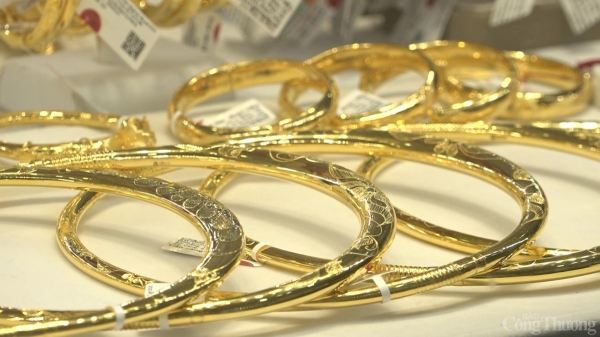







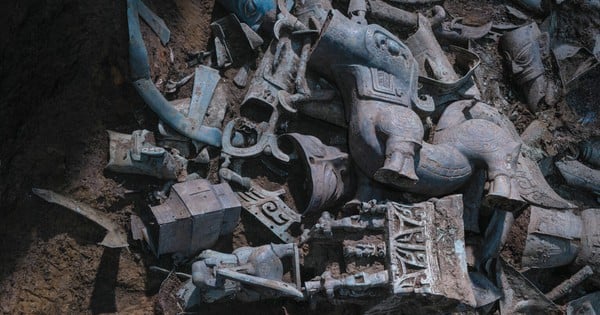

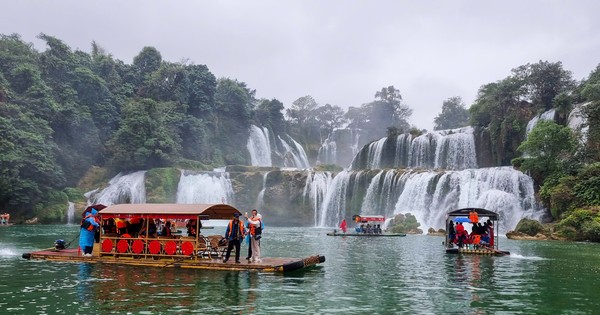


















Comment (0)